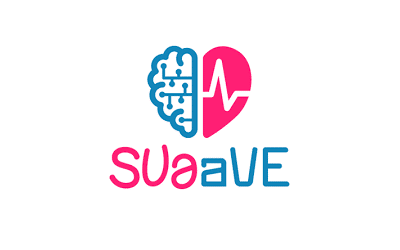SUUAVE
SUpporting acceptance of automated VEhicle

OFFICIAL WEBSITE
PROJECT TYPE
Horizon 2020
DURATION
01.05.2019 – 31.04.2022
PROJECT MANAGER
AT CATIE
Benjamin CHATEAU

This project has received funding from the European Union’s Horizon 2020 research and innovation programme under grant agreement No 814999
SUaaVE (SUpporting acceptance of automated VEhicle) aims to make a change in the current situation of public acceptance of CAV by leaning on a Human-Driven Design (HDD) approach, where the user is not only the centre of the process but actively contributes and even leads the definition of concept, development of technology and participates in its testing.
SUaaVE will focus on the human side, working to improve more “intangible” aspects as safety perception, attitudes and, in general, emotional appraisal of CAV. SUaaVE will involves all current and futures users and other agents in a broad sense: passengers, current and future drivers (children, senior citizens and people with disabilities), VRUs Vulnerable Road Users; and the main stakeholders leaning on a well-regarded and complementary Advisory Board (public authorities, industry, other sectors and user associations).
The SUaaVE project brings together 10 European partners. SUaaVE questions the new uses and functions that a level 4+ CAV can offer, that is to say 100% autonomous, but still having manual controls. For example, a user freed from the task of driving would invest in activities that were previously impossible, such as sleeping, working or playing. However, these uses could generate inconvenience (e.g. motion sickness, fear) if certain factors are not taken into account, such as dynamics, comfort, emotions …
OUR ROLE
The development axis lead by CATIE (third party of Bordeaux INP) relates to a “cognitive” information system (Smart Cognitive Assistant). This device aims to help the user understand the driving situation and the actions of the vehicle via an interactive interface.
This work is based on a field of knowledge in ergonomics and cognitive psychology in order to provide information on driving and comfort that is adapted to the user’s condition and his activities on board. The interface under development within CATIE is a complex piece that will centralize the modules developed.



